CALIFORNIA, USA — This story was originally published by CalMatters.
It’s a common question as one walks past the sprawling tent camps that line the streets of so many neighborhoods in California: Why can’t we build a place for all these people to go?
One city in Texas did just that, and some California leaders are taking notice. But can – and should – California replicate the model?
Haven for Hope, a 22-acre, 1,600-person shelter in San Antonio addresses the homelessness crisis at a scale that’s unheard of in California. The facility serves 85% of the city’s total homeless population. It virtually guarantees that anybody who wants to sleep indoors, can, while accessing a plethora of on-site social services.
The model has fans in California. They say it can be recreated here to ease the suffering of people who have no other option but to sleep on the street – and to lessen the burden large homeless camps place on surrounding communities.

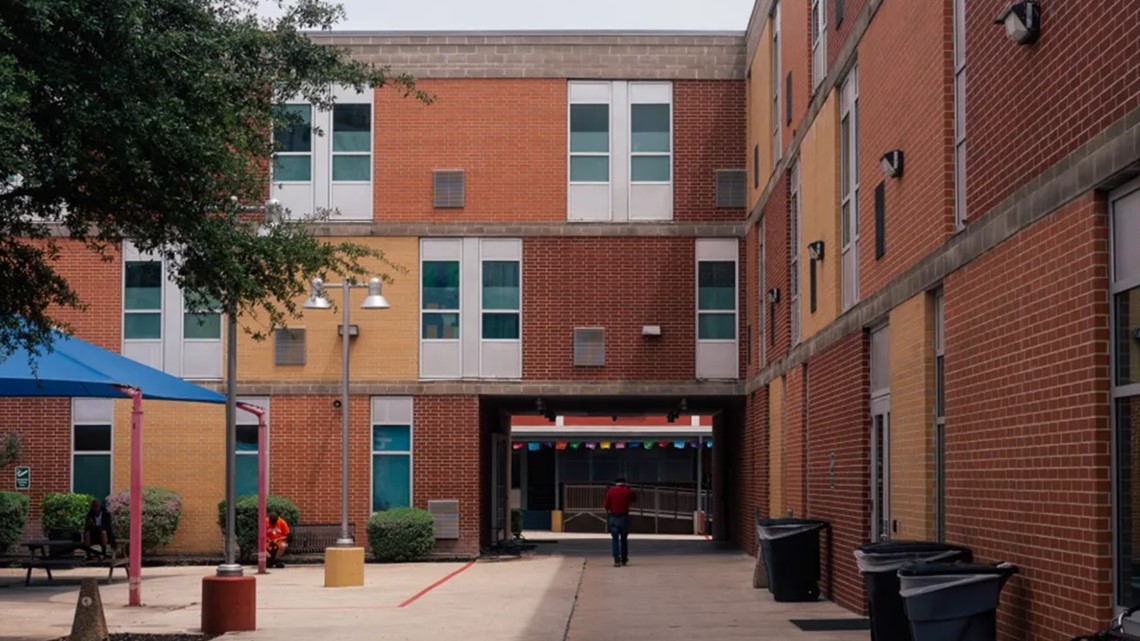
“Haven for Hope has not solved homelessness in San Antonio,” said Sacramento County Supervisor Rich Desmond, who visited the campus in 2021 and tried to incorporate parts of the model into programs in his own district. “But they have certainly done a much better job, I think, than most places in California.”
Scrambling for new solutions to a seemingly intractable problem, a handful of California politicians and nonprofit groups support replicating Haven for Hope (or at least copying pieces of it) here. A Placer County group recently pushed for a San Antonio-inspired project outside of Rocklin in the Sierra Nevada foothills, and a grassroots Sacramento group is trying to rally support and funding for a similar concept.
But some homelessness experts throughout the country are critical of the San Antonio model. In several ways, it would mark a shift away from some of California’s widely accepted best practices. Haven for Hope’s most robust program requires participants to be sober, for example, contradicting the prevailing belief in California that everyone should be offered housing before addressing their addictions and other issues.
Conditions at the San Antonio shelter are crowded, too, with 80 bunk beds in a room, or a few hundred mats inches apart on the floor. California has plenty of those types of shelters, too. But increasingly, officials and nonprofits here are using hotels, tiny homes and other facilities that hold fewer people but give residents a private space with a locking door.
Another red flag for Californians: The San Antonio shelter comes from conservative roots. It originally was bankrolled by Bill Greehey, founding CEO of Valero Energy Corporation and financial supporter of former President Donald Trump. Its first CEO, Robert Marbut Jr., went on to head Trump’s U.S. Interagency Council on Homelessness. Under Marbut, clients had to start off sleeping on mats in an open-air courtyard and could be rewarded with beds, better food and access to more services if they showed good behavior.
Marbut left Haven for Hope more than a decade ago, and the shelter’s current leadership says the program has changed “night and day” since then – there is no more open-air sleeping, for example. But Marbut’s policies created lasting impressions that shape how other homeless providers view the site.


“Taking this kind of judgemental, punitive, paternalistic approach doesn’t actually make sense or work for a lot of people,” Eric Tars, legal director of the National Homelessness Law Center, said of Haven for Hope.
Haven for Hope also poses a fundamental question for California and every other state struggling with homelessness: Should officials prioritize emergency shelters that get people out of dismal encampments quickly, or long-term housing that takes years and piles of money to build?
The trade-offs are clear. Haven for Hope succeeds in pulling many people off the streets, but it hasn’t done as well when it comes to connecting those people with permanent housing.
Of the more than 7,000 people Haven for Hope served last year, just 15% moved into permanent housing.
One-stop shop at homeless shelter

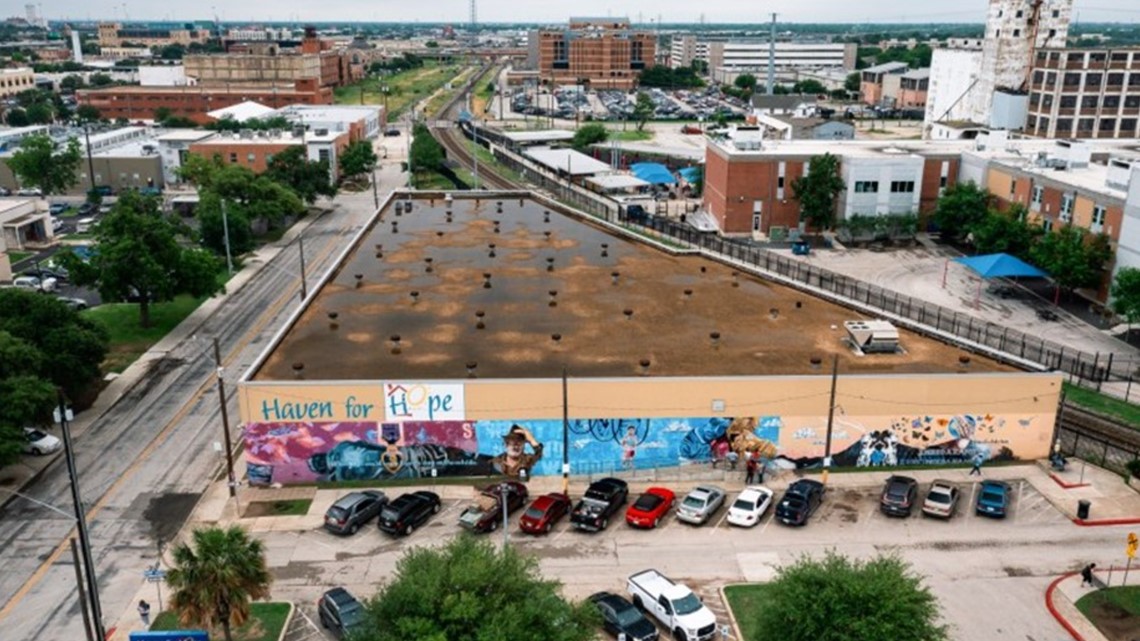
Aside from its sheer size, what draws Californians to Haven for Hope is the shelter’s all-inclusive model. The campus has medical, dental and eye-care clinics, a hair salon, a free clothing store, childcare and counseling services, as well as offices with staff who can help clients get a new ID, find housing, get a job or secure disability benefits, and more.
The idea is to make the labor-intensive, bureaucratic process of getting back on their feet as smooth as possible. Instead of trekking all over town to appointments at various departments – a challenging task for someone without a car – clients can do everything in one place.
For people who need extra help, there’s a facility with mental health crisis, detox and addiction recovery beds across the street.
Paul Anthony, 51, has been staying at the San Antonio shelter off-and-on for five months, sleeping on a top bunk in a dorm with 20 men. Before that Anthony, who’d had trouble landing a job after a stint in jail for a felony charge of unauthorized use of a motor vehicle, had slept in the woods, in a storage unit and on a piece of cardboard downtown. Since moving into Haven for Hope, the facility’s strict rules helped him stay sober, he said, and he’s landed two jobs – working in a factory and delivering pizza for Domino’s.
“One of the things I’m most grateful for is it does take you off the street,” he said. “It gives you a safe place to think through what it is you want to do.”


David Hanna, a 52-year-old Navy veteran, slept on a mat on the floor of Haven before moving to a bunk bed in a room shared with 80 men.
“At least I’m safe in there, for the most part,” he said. “It’s a place to sleep.”
When interviewed by a reporter in May, he finally had landed a one-bedroom apartment he could afford with his disability payments, and was set to move in later that week.
‘Not fit for a dog’
Haven prides itself on accepting everyone – even sleeping people in its offices and chapel when other spaces get full – but the large campus model has its drawbacks. The shelter operates far above its intended capacity. While some people get bunk beds, hundreds also sleep on mats on the floor of the cafeteria. The mats are so close together, that one man said he rolled into his neighbor in the middle of the night, nearly causing a fight. Another man said he woke up to find someone vomiting on him.
James Killen, a 68-year-old retired truck driver and Army veteran, said he can’t stand being there. But he has nowhere else to go.
“It’s not fit for a dog in here,” said Killen, who had been sleeping at Haven for Hope for three weeks. His identification was recently stolen, which led to a delay accessing his Social Security payments and meant he couldn’t pay the rent on his apartment. “This place is dirty. It’s filthy. It’s nasty. They treat you like cattle.”

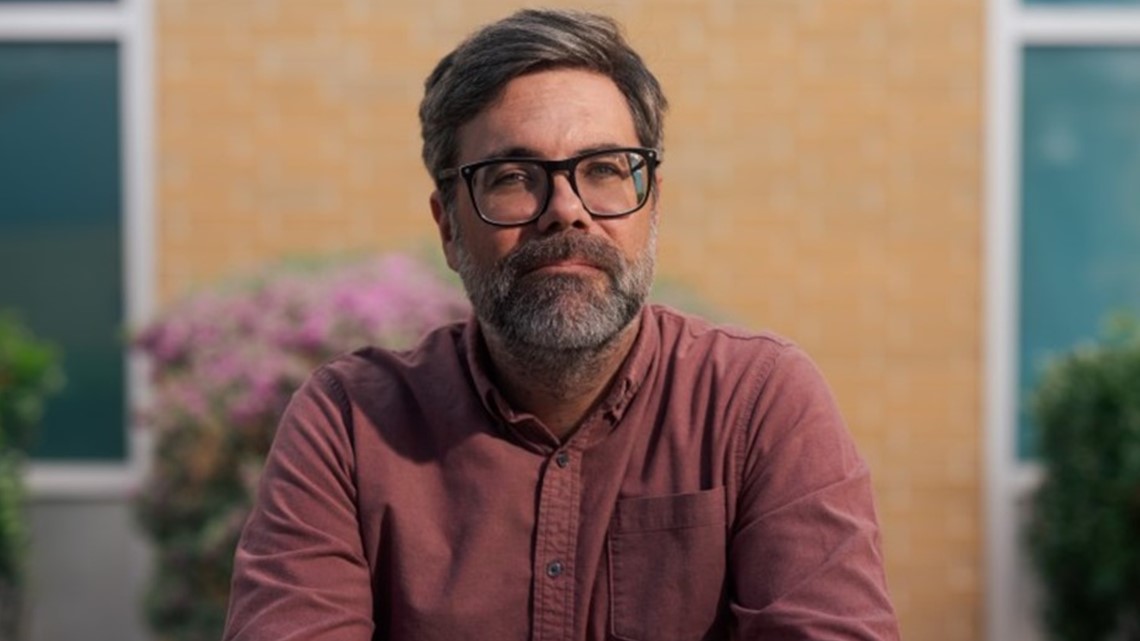
Sleeping conditions can be “very close and cramped,” admitted David Huete, Haven for Hope’s vice president of transformational services. “But the alternative,” he said, “is that people who are vulnerable – people who are mentally vulnerable, people who are physically vulnerable, aged populations – those individuals would be sleeping on the street and would be preyed upon.”
Not everyone sleeps on the floor. Haven has two programs with different amenities and requirements.
One accepts anyone, regardless of their substance use. It includes 200 bunk beds and nearly 500 floor mats.
The other, called the “transformational campus,” provides bunk beds to those lucky enough to get a spot, and requires clients to submit to regular drug and breathalyzer tests, and work with staff on a plan to get permanent housing and an income.
Huete said Haven for Hope requires sobriety because children and recovering addicts live in that part of campus. But critics say that setup flies in the face of the “housing first” model – which advocates eliminating barriers to housing – that is widely adopted throughout California and at the federal level. The notion is so ubiquitous in California that programs that don’t follow it cannot receive state funding.
“Everyone’s deserving of that dignity and access to services and assistance,” said Alex Visotzky, senior California policy fellow for the National Alliance to End Homelessness, “and adding unnecessary requirements and thresholds for people to meet just adds bureaucracy and stumbling blocks and makes it harder for us to move people out of homelessness.”
But Nick Golling, director of homeless services for the city of Sacramento, thinks a lot of aspects of Haven for Hope work well. For one, he supports giving people a sober-living option.
“If you see (drug use) and cannot get away from that, it can be difficult to maintain that type of sobriety if that’s where you’re at in your journey,” he said. “I do see that as a gap in services as far as I’m concerned.”
Could Haven for Hope take off in California?

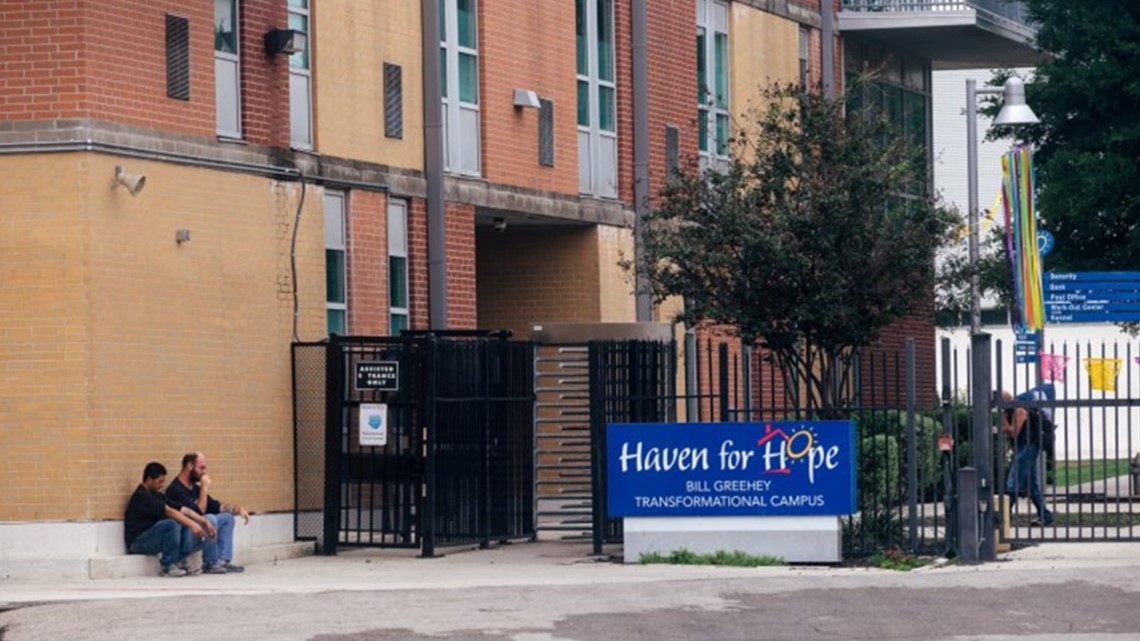

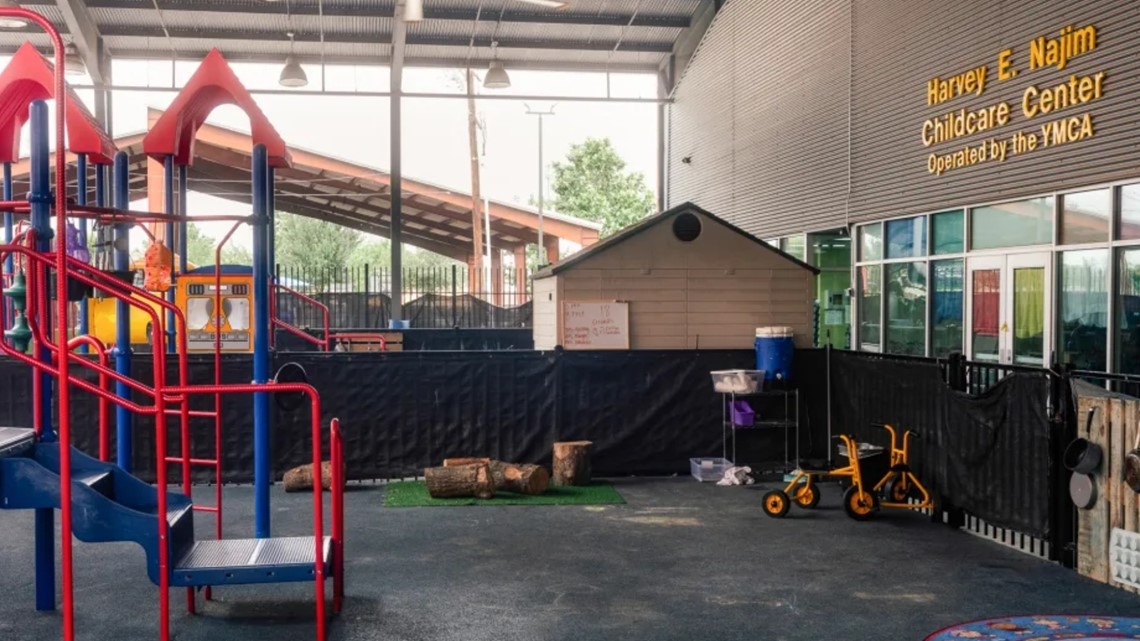
Finding the space and political will to adopt an all-inclusive mega-shelter like Haven for Hope is a challenge in California. When the Oakland City Council voted last year to pursue turning a former Army base into a shelter for at least 1,000 people, the city administrator quickly tried to quash the idea, leading to a heated debate in council chambers. Instead, council members agreed to look into a scaled-down version of that initial plan.
In Sacramento County, Desmond said he’d like to build something like Haven for Hope, but the county couldn’t find a site large enough. Nevertheless, a grassroots group called Hope for Sacramento is dedicated to the sole purpose of replicating San Antonio’s model in the state’s capital.
“It’s such a fabulous, fabulous program,” said Hope for Sacramento board member Nola Boyer, a retired physical education teacher who visited the San Antonio site last year. “And we just see it as such a translatable project here in California.”
The group holds information sessions to teach the local community about Haven, meets with politicians and woos donors. But so far, they’ve managed to raise only a few thousand dollars.
The idea made it a little further in Placer County last year, where nonprofit The Gathering Inn found a 17-acre site for its proposed “Campus of Hope.” The project on the outskirts of Rocklin would have included 50 no-barrier shelter beds, about 175 shelter beds with a sobriety requirement and 240 units of permanent housing made out of shipping containers. Combined with the area’s existing resources, it would have been enough to shelter all of the county’s 750 homeless residents, said Keith Diederich, president and CEO of The Gathering Inn.
But the project ran into pushback from neighbors and couldn’t get the buy-in it needed from county supervisors. It didn’t even make it to a vote, Diederich said.
“When it comes to actually siting a program,” he said, “a lot of times people who want to do something about homelessness don’t want it near them.”

